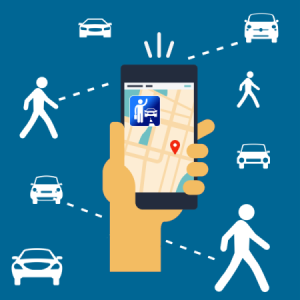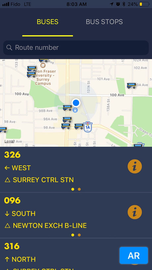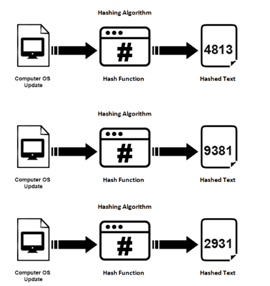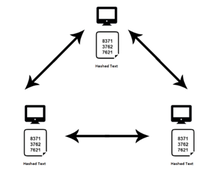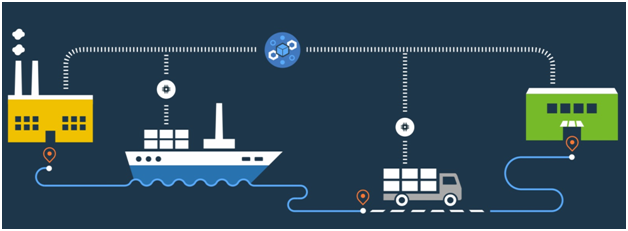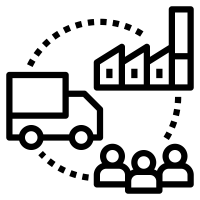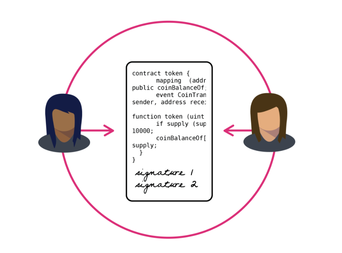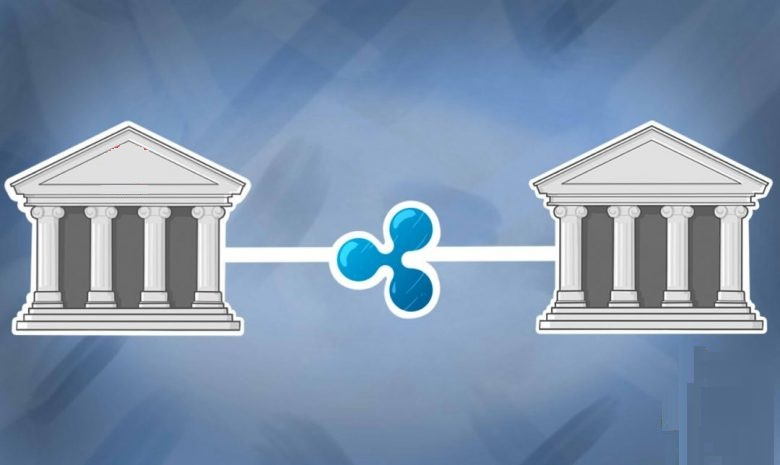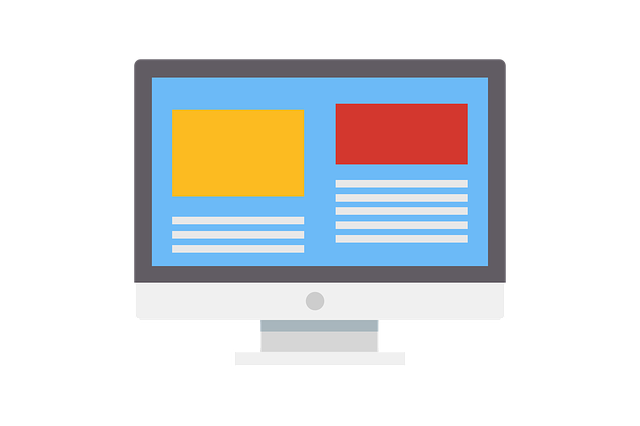In today’s competitive age, 35% of the users engage on an app less than a minute. If they find an issue in the functionality, the app gets immediately uninstalled. Hence, it is very important to keep your best functionality forth, so that it keeps the user engaged.
Source: https://www.marketwatch.com/press-release/one-third-of-mobile-app-engagements-last-less-than-one-minute-2014-07-17
Let’s take a look at 5 reasons that an app might fail and how to avoid them:
Researching the Market and the Audience Correctly:
You might have an amazing idea in your head about an app but that doesn’t mean that it will work. There are a lot of criteria that you need to keep in mind before taking the leap and starting work on it. If a developer makes an app solely on their needs, they are most likely to end up with a failed product.
It is important that you build an app that exceeds the customer’s expectations and is far more superior to your competitor’s product. Most times a prototype is recommended to check the reaction of a group of people but it has its limitations.
The user doesn’t get the whole essence of the app by just looking at the UI or a couple of test screens. The best way to validate the app is to build a minimum viable product with a strong base functionality. The app can then be upgraded with more functionalities as per the user’s and the market’s feedback.
Making it Compatible on iOS and Android Platforms:
Mobile users are mostly divided between iOS and Android platforms (although there are more platforms in the market, these ones rule the chart). Catering to only one platform cuts your market in half, which in turn affects the number of app users.
Android and iOS both have very intuitive interface guidelines. They operate in different ways – they use different gestures and have prompts in different areas. For instance, Android has a back button that is built in the hardware, whereas, an iOS doesn’t have it. Hence, it is important that the UI is built in a fashion that doesn’t affect the user using either platform.
Ensure that the apps are tested on both, Android and iOS devices – you don’t want to leave the user frustrated while he/she tries to use the apps on different platforms or devices.
Creating a 360 degrees User Experience
A great user experience in based on a lot of factors that are involved in building an app that is easy-to-use and most importantly, is intuitive. If your app has weak core functionality, the usability of the app isn’t going to be appealing for the users. Some examples of poor usability includes, slow app performance issues, slow loading, tedious registration process and a user interface and features that are difficult to access.
Keep in mind that the user experience differs on each platform, for instance Android has different swipe gestures and tap-able controls than that of iOS.
Methodical Testing and Quality Assessment
After building the app, it is necessary that the product goes through a round of methodical testing and quality assessment. The app should be tested on different devices and platforms.
You might think that testing is an obvious step before the release of the product but statistics say that 44 percent of defects are found by the user, 24 percent from direct feedback, and another 20 percent from public user reviews in app stores.
Source: https://www.businesswire.com/news/home/20140722005485/en/Perfecto-Mobile-Launches-2014-Benchmark-Survey-Finds
One of the most important glitch to check while testing your app is that it shouldn’t crash. This is one of the most frequent complaints in the feedback section. Crashing dissuades the users to download the app and persuades the current users to uninstall the app. Ensure that before releasing your app, it is market ready and free of bugs to give your user the best experience.
Marketing and Mobile App Launch
Once the app is tested, the next step is to focus on the launch. The most essential part of the launch is creating a market plan with each step being executed in a timely fashion. The aim is to have a high download and user retention rate so that you gain loyal users right from the start of your launch. Remember, that word of mouth can gain you more users than a marketing strategy. This stage is critical for optimizing the on-boarding process.
Conclusion
Updating an application is an on-going process – you can never release a perfect app. Tending to user feedback is another key element that can make or break your app. Mobile apps need to be re-launched and updated at timely intervals to gain more users and keep their existing customer user base.
You can benchmark your mobile app success by viewing quantity of users and the revenue gained. The quantity of users would include aspects such as the number of downloads, target users, statistics and other quantitative metrics. In the revenue aspect, you need to look at getting monetary traction by either paid downloads, in-app purchases or displaying advertises.
App-Scoop helps companies to develop their digital products and can help you and your team build a successful app and help you avoid the mistakes that are generally made by other unsuccessful apps.
Contact app-scoop team – https://app-scoop.com/contact-us.html










